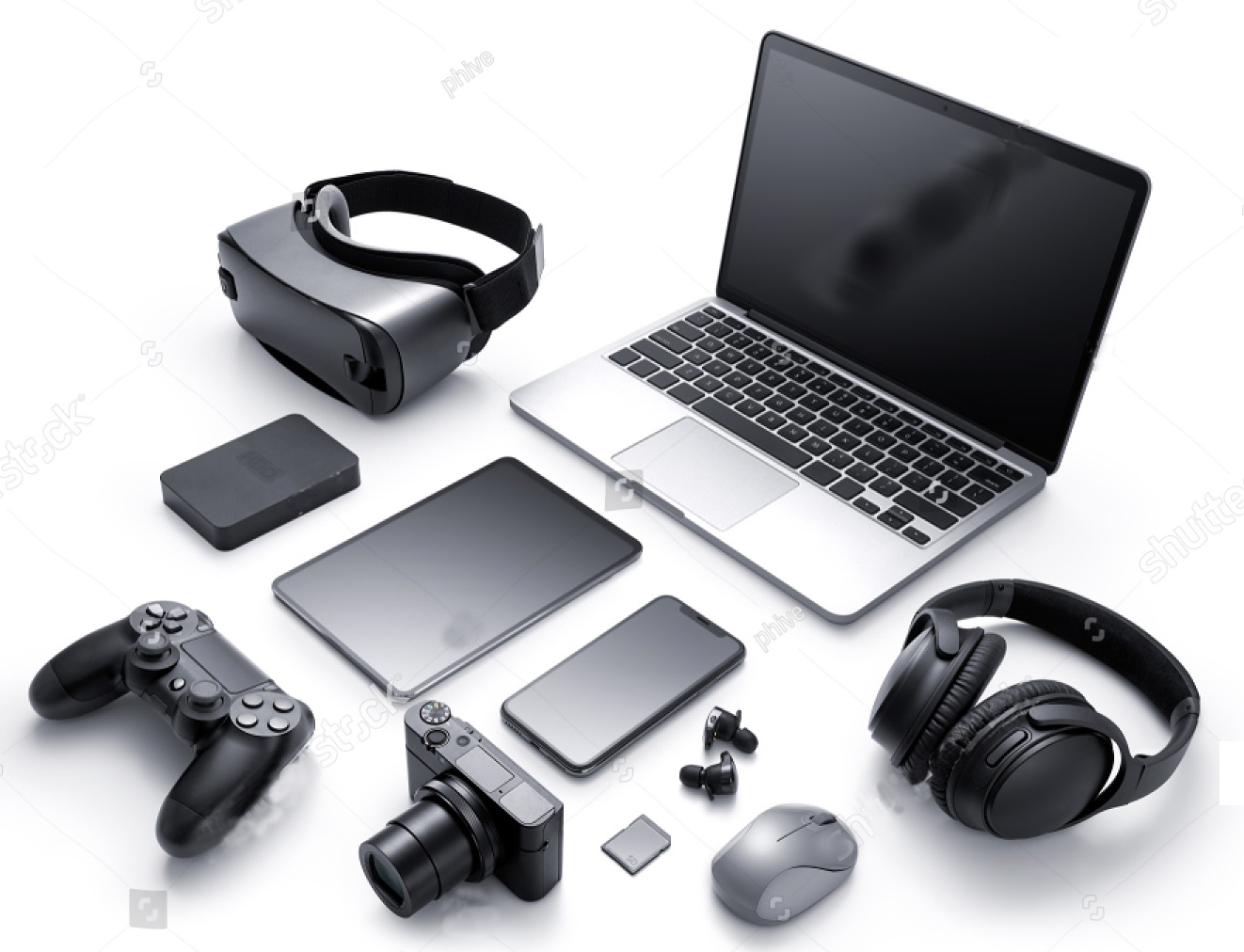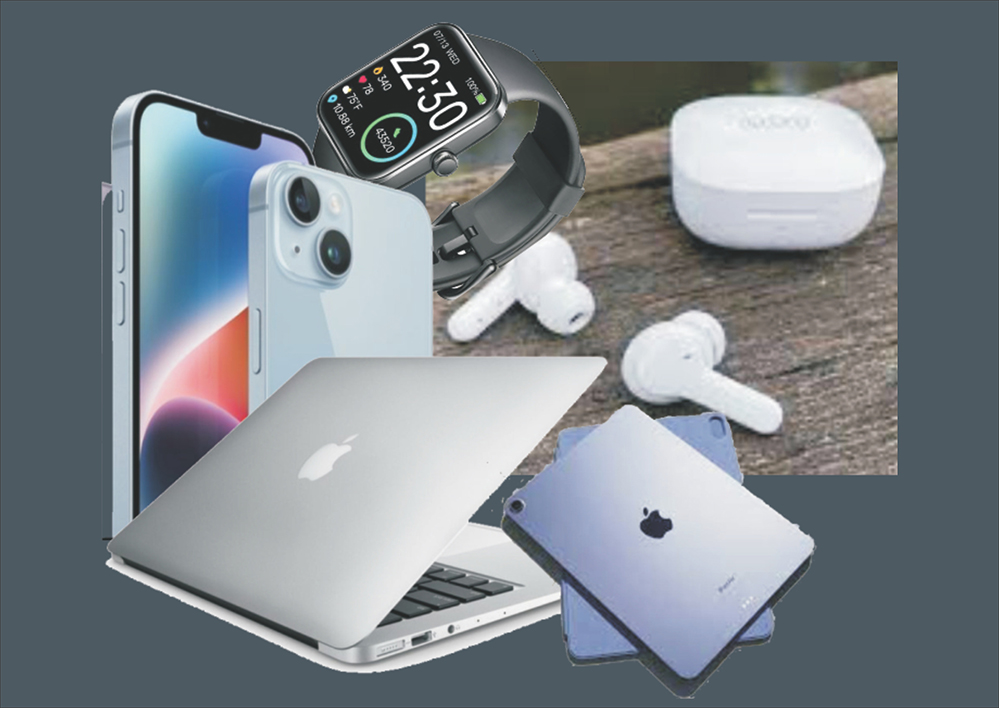
Source/image credit: gearpatrol.com
Apple’s mixed-reality headset recently came into the market with all excitement after seven years it has been in development. This product had been said will revolutionalised the augmented-reality headset industry as it comes with a whole lot of differences that distinguishes it from other products in the market. Here are ten things Apple Vision Pro can do as well as its limitations.
10 things Apple Vision Pro can do and limitations:
Here are the basic features (and limitiations) of Apple’s new $3,500 augmented-reality headset.
It lets you see your screen, and what’s behind it.
Vision Pro is an augmented reality device, which means it displays virtual elements on top of the actual world. When you’re looking at apps in Vision Pro, they will appear to you as though they are floating in the space in front of you. Some apps and features, though, will block out most of your vision with digital effects, like a movie theater mode that will create a giant digital screen and a virtual environment behind that virtual screen.
It can show other people if you can see them or not.
Apple Vision Pro’s front screen will indicate to onlookers whether you’re currently looking at or through a screen. A feature Apple calls “EyeSight,” the Vision Pro’s front screen turns into a sort of digital window when someone approaches you by displaying video of your eyes inside the goggles, so you can emote. When using more engrossing apps and features, the external display will show various animations to indicate that you’re busy.
It can be controlled with no extra equipment.
Many competing computer headsets (which tend to be virtual reality instead of augmented reality) use special controllers as their input method. Apple’s Vision Pro pointedly does not. Instead, you’ll use hand gestures that are interpreted by the headset’s outward-facing cameras. For a cursor, the headset’s inward-facing cameras keep track of where your eyes are pointed, but it keeps this information private from any websites you might be viewing. You can attach Bluetooth devices (like a keyboard) if you want, though.
It can play (spatial) audio.
You won’t need headphones if you’ve got your Apple goggles on. Vision Pro has a pair of “dual driver audio pods,” each one mounted on the headband above your ears. These play use Apple’s Spatial Audio to project sound that seems as though its coming from your surrounding environment. But because these audio pods are not headphones, they may also be somewhat audible to people in close proximity. Fortunately, Apple has confirmed to us, you can also connect it to AirPods if you need truly private sound. (Apple is cagey about whether non-Airpod Bluetooth headphones will work, so consider that TBD).
Apple vision pro headset:
The audio pods just look like bumps, but they’re actually speakers.
It can’t work with wired headphones.
What definitely won’t work is wired headphones. Like so many other recent Apple devices, the Vision Pro does not have a 3.5mm audio jack. So don’t expect to be able to connect cheapo wired buds you bought at the airport to maintain audio privacy on a plane, nor to plug in a pair of luxe, hi-fi grade wired cans either.
It can be modified with different bands and components for a perfect fit.
Everyone’s got a different head, but the Vision Pro is designed to fit all of them. The Light Seal, a cushiony bit that seals your eyes off from external light (go figure,) comes in a variety of shapes and sizes to fit various face types. The head band also comes in different sizes for different head shapes, designed to make sure the goggles fit snug, but also that the audio pods are in the correct place.
It can be worn without glasses, even if you wear them.
Glasses wearers have always had a tough time with cyber headsets, only some of which can adequately accommodate specs. The Vision Pro does not, techinically. Instead, Apple will offer a variety of vision-correcting lens inserts that connect to the inside of the headset instead of glasses and which it says can correct for a variety of ocular impairments. It’s a solution that might be a bit finicky to set up, but which should beat the hell out of wearing goggles over glasses once it’s configured.
It can do 4K.
The Vision Pro’s internal screens use micro-OLED tech to produce images in what Apple is calling “Real 4K,” and that’s an important step towards making this headset a feasible replacement for a computer screen. Many virtual reality headsets struggle to produce the high resolution necessary to make for a suitably sharp picture so close to the eyes, which is absolutely necessary for rendering things like small text.
It can scan your eyes to tell who you are.
Vision Pro cannot see your entire face and can’t use Face ID. Instead, it will use Optic ID to confirm your identity for things like making payments and logging into services.
It can capture and display photos and videos in 3D.
Apple is calling the Vision Pro the first “spatial computer.” To that end, you can use Vision Pro’s external suite of depth-detecting sensors to take photos and videos that also capture the depth of the scene. These photos and videos can be played back (or shared) with that similar depth effect, if you’ve got a pair of goggs to watch ’em on. And are comfortable looking like a bit of a doofus while you take them.
It can scan your face and create a realistic digital avatar.
Metaverse booster Meta has built its digital avatars to have a very cartoony look, but Apple is taking a different approach. Vision Pro will be able to scan your face with its depth-sensing cameras and use that data (mashed up with some machine learning) to create a realistic depiction of you, with depth, that you can use as an avatar in various apps and features. Does it look a little bit 2000s-era CGI? Yeah, but odds are it’ll will get better over time.
It can’t be used wirelessly for long periods of time.
Vision Pro is designed to be used while connected to a power source. It does have a battery attachment which sits in your pocket and juices up the goggles through a wire that runs to the headset, but the power is pretty limited. Apple gives a projection of 2 hours of battery life, which is not quite enough to watch a whole movie, for instance. So if you want to lock in for a long period of time (Apple claims the Vision Pro is ocularly comfortable for all-day use), you’re gonna need to be plugged into the wall.
I can’t hotswap batteries during active use.
Don’t get too excited if you were hoping to avoid battery constraints by having a second battery queued up for a quick swap. Batteries can be switched (if you purchase a second proprietary battery from Apple), but because the Vision Pro has no onboard battery to speak of, it will turn all the way off while you’re switching them. If you really want to try and extend the battery time, the best bootleg option will probably be to charge the Vision Pro’s proprietary battery with another battery. It should theoretically work if your second battery can provide enough juice to make the Vision Pro think it’s plugged into a wall, but it won’t be especially convenient.
What is your thought on this story?
Kindly like and share.





















